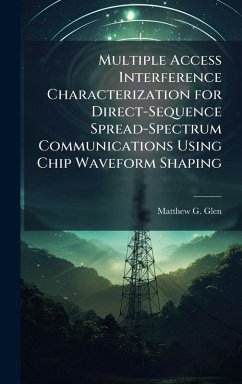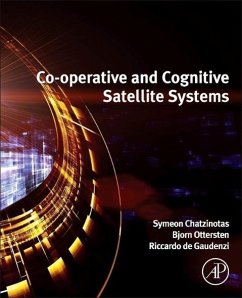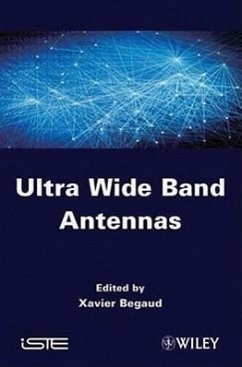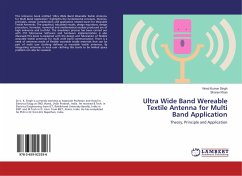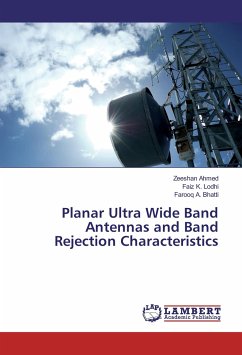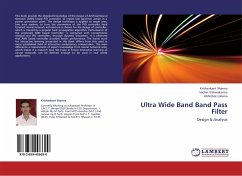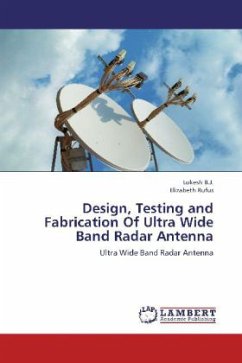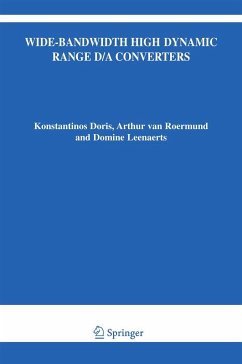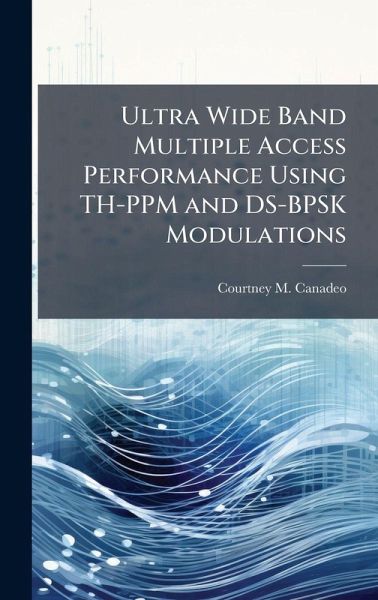
Ultra Wide Band Multiple Access Performance Using TH-PPM and DS-BPSK Modulations
Versandkostenfrei!
Versandfertig in über 4 Wochen
28,99 €
inkl. MwSt.
Weitere Ausgaben:

PAYBACK Punkte
14 °P sammeln!
The increasing demand for portable, high data rate communications has focused much attention on wireless technology. Ultra Wide Band (UWB) waveforms have the ability to deliver megabits of information while maintaining low average power consumption. In accordance with recent FCC rulings, UWB systems are now allowed to operate in the unlicensed spectrum of 3.1 to 10.6 GHz, motivating renewed interest in the forty year old concept of impulse radio. Gaussian monocycles produce UWB waveforms occupying large bandwidths with multiple access (MA) capability enabled by spread spectrum techniques. Time...
The increasing demand for portable, high data rate communications has focused much attention on wireless technology. Ultra Wide Band (UWB) waveforms have the ability to deliver megabits of information while maintaining low average power consumption. In accordance with recent FCC rulings, UWB systems are now allowed to operate in the unlicensed spectrum of 3.1 to 10.6 GHz, motivating renewed interest in the forty year old concept of impulse radio. Gaussian monocycles produce UWB waveforms occupying large bandwidths with multiple access (MA) capability enabled by spread spectrum techniques. Time Hopping (TH) and Direct Sequence (DS) modulations are considered here for UWB MA applications. This work extends Gold coding results and characterizes UWB performance using Simulated Annealing (SA) and Random Integer (RI) codes for TH and DS UWB applications. TH-PPM and DS-BPSK performance is evaluated using simulated probability of bit error Pb under MA interference (MAI), multipath interference (MPI), and narrow band interference (NBI) conditions for synchronous and asynchronous networks. Communication performance is validated for a single user operating over an AWGN channel and extended to incorporate MA capability. This work has been selected by scholars as being culturally important, and is part of the knowledge base of civilization as we know it. This work was reproduced from the original artifact, and remains as true to the original work as possible. Therefore, you will see the original copyright references, library stamps (as most of these works have been housed in our most important libraries around the world), and other notations in the work. This work is in the public domain in the United States of America, and possibly other nations. Within the United States, you may freely copy and distribute this work, as no entity (individual or corporate) has a copyright on the body of the work. As a reproduction of a historical artifact, this work may contain missing or blurred pages, poor pictures, errant marks, etc. Scholars believe, and we concur, that this work is important enough to be preserved, reproduced, and made generally available to the public. We appreciate your support of the preservation process, and thank you for being an important part of keeping this knowledge alive and relevant.



